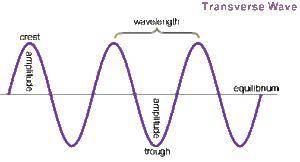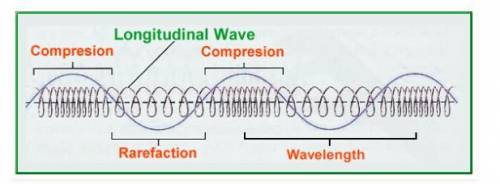
Geography, 21.02.2020 02:55 prettyprincess9643
Although scientists cannot directly observe Earth’s mantle or core, they can learn about these regionsindirectly by observing the behavior of seismic waves from earthquakes. Seismic waves come in twobasic forms (see figure). Pressure (P) waves move material back-and-forth in the direction of the waves'motion. Compressing and expanding a slinky will produce this sort of oscillation. Shear (S) waves, on theother hand, move material side-to-side in directions perpendicular to the waves' motion. The oscillationsof a jump rope, a guitar string, and the ocean surface are all examples of shear waves. Because seismicP- and S- waves are created by different kinds of motion, they interact with Earth matter in different ways. Please sort each wave type according to the types of Earth matter it travels through

Answers: 3


Another question on Geography

Geography, 22.06.2019 17:00
Compounds which are found naturally in the earth are called: a. ores b. composites c. rocks d.minerals
Answers: 2


Geography, 22.06.2019 21:30
People keep spending additional units of a particular resource on a want until their marginal benefit is decreasing withgreater thanless thannot affected by their marginal cost.
Answers: 1

Geography, 22.06.2019 21:30
Which of the layers of the earth has the following three characteristics? i. it is made of molten rock. ii. it has currents that are constantly moving. iii. earth’s plates float on top of its currents.
Answers: 2
You know the right answer?
Although scientists cannot directly observe Earth’s mantle or core, they can learn about these regio...
Questions

Mathematics, 14.01.2020 01:31


English, 14.01.2020 01:31

Mathematics, 14.01.2020 01:31

Mathematics, 14.01.2020 01:31


English, 14.01.2020 01:31

Mathematics, 14.01.2020 01:31


Social Studies, 14.01.2020 01:31


Social Studies, 14.01.2020 01:31




Computers and Technology, 14.01.2020 01:31

Mathematics, 14.01.2020 01:31







